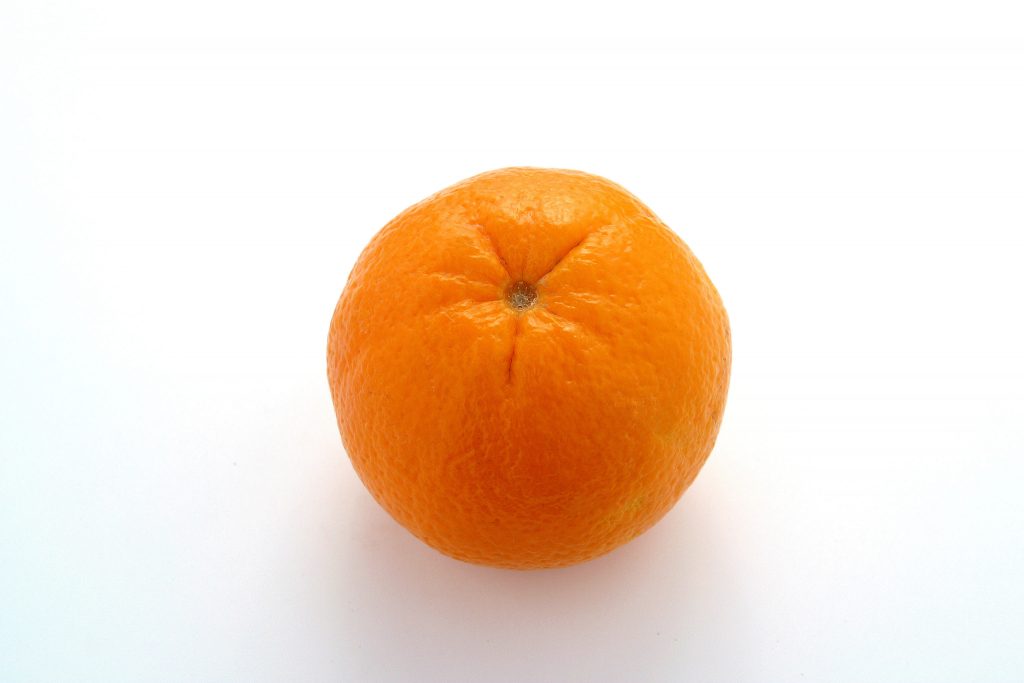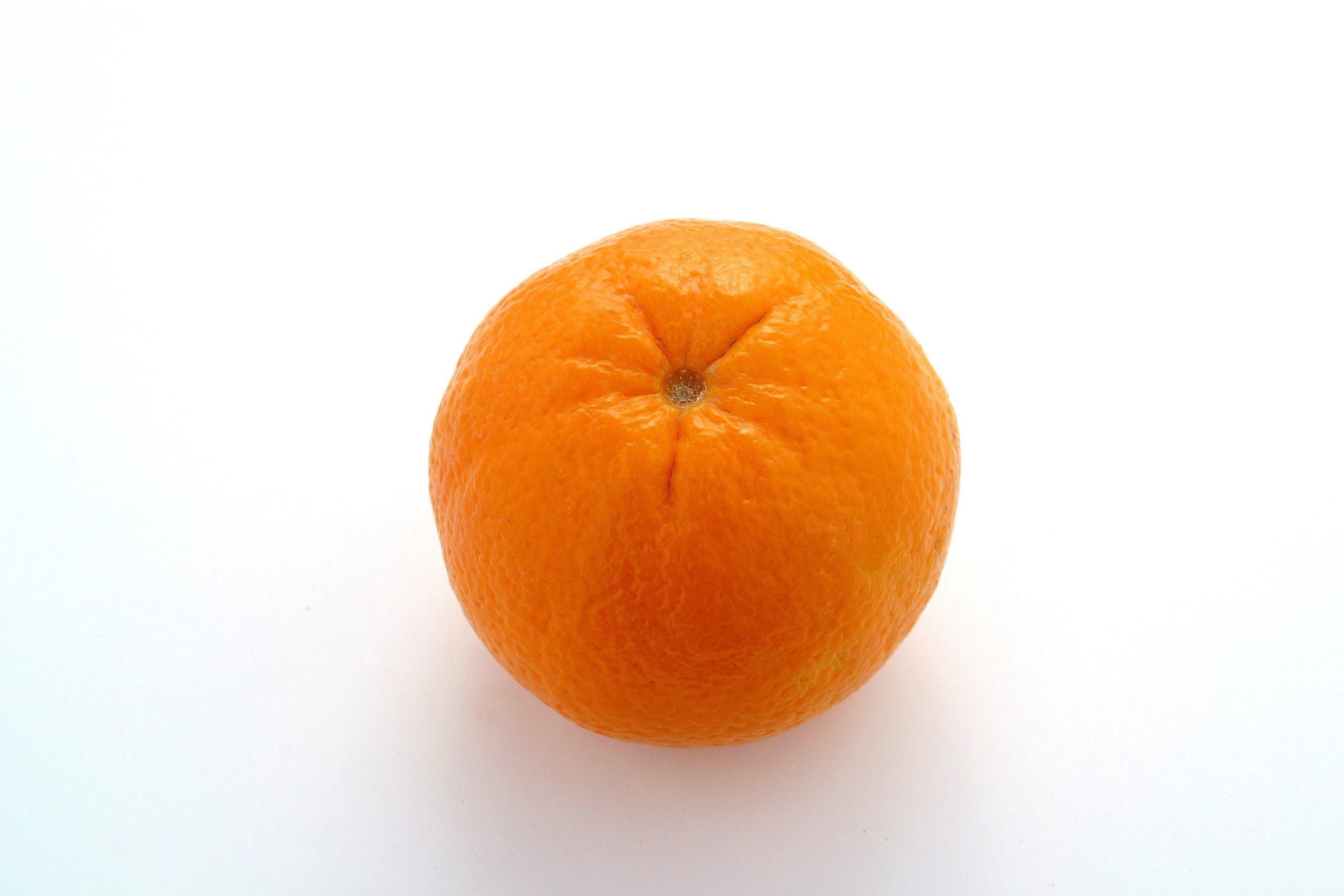Promising results for post-harvest fungus control
Scientists say they have found potential new tools to control green and blue molds in citrus, especially for fruit destined for high added value organic markets or export markets with zero residue tolerance.
In an article published in March by ScienceDirect, they described trials harnessing the synergy of use of potassium sorbate (PS) dips and brief exposure to elevated levels of O2 or CO2.
“Synergistic effects and very effective control of citrus postharvest green and blue molds, caused by Penicillium digitatum and Penicillium italicum, respectively, were observed on artificially inoculated ‘Valencia’ oranges and ‘Clemenules’ and ‘Ortanique’ mandarins after a potassium sorbate (PS) treatment was followed by 2 days of storage in atmospheres of elevated CO2 or O2 at a curing temperature,” they wrote.
And in another article, to be published in May, researchers say dips with the food additive sodium benzoate (SB) were found to effectively control green and blue molds.
“It can be concluded from this work that heated SB aqueous solutions might be in the future an interesting nonpolluting disease control alternative for the commercialization of citrus in markets with zero tolerance to fungicide residues,” they wrote.
According to an article by the Valencian Institute of Agricultural Research (IVIA), researchers are seeking alternative treatments to conventional synthetic fungicides such as imazalil.
They also said interest in the use of postharvest gas treatments had increased since the recent installation of CO2 chambers in various fruit processing plants in Valencia in order to remove astringency in persimmons.




